Honoring Excellence
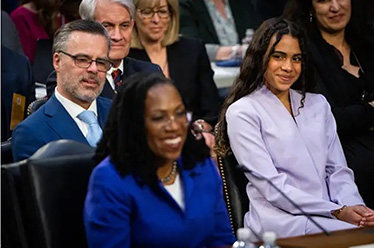 The beam of pride on the face of Leila Jackson as her mother began the first day of senate confirmation hearings, should be representative of the pride of a nation. The photo, which was published by The New York Times, quickly went viral.
The beam of pride on the face of Leila Jackson as her mother began the first day of senate confirmation hearings, should be representative of the pride of a nation. The photo, which was published by The New York Times, quickly went viral.
Jackson’s mother Judge Ketanji Brown Jackson was confirmed as the first Black woman Supreme Court justice this week, after a bipartisan group of senators voted on Monday to advance her nomination.
It is a moment in history that we should all take as much pride in as captured in the now iconic photo of Jackson’s proud daughter as she sat in the audience of the confirmation hearings. For me, that photo represents the powerful impact that is made when education and representation merge.
I read with interest an article that said Jackson’s counselor at Miami Palmetto Senior High School advised her against setting her sights too high as she applied for college. Perhaps it was the guidance of her parents, both public school teachers, that overrode the misguided advice of that school counselor. Perhaps Jackson’s own confidence and vision were the driving forces. More than likely, it was a combination of many things that drove Jackson to turn a deaf ear to those who did not share the belief she had in herself.
Had Jackson fallen victim to the poison of low expectations, she would not be where she is today. Two justices besides Jackson attended public high schools. But almost every sitting justice studied law at Harvard or Yale universities. That bar certainly would not have been lowered for the first black woman justice in the high court’s 233-year history.
And while Jackson’s undergraduate and law degree are both from Harvard University, her trajectory since leaving the university also contributed to the strong foundation upon which President Joe Biden based his nomination of her for the nation’s highest court.
Jackson served for eight and a half years on the United States District Court for the District of Columbia and was confirmed to the United States Court of Appeals for the D.C. Circuit in 2021. It has been said that her record as a judge “demonstrates a fair, impartial jurist with a clear commitment to protecting the constitutional rights of all people.”
Before her time as a federal judge, Jackson’s experience included service on the U.S. Sentencing Commission and in the District of Columbia’s Office of the Federal Public Defender, making her the first justice in more than 30 years with significant experience representing criminal defendants.
Said Brown: “I can only hope that my life and career, my love of this country and the Constitution, and my commitment to upholding the rule of law and the sacred principles upon which this great nation was founded will inspire future generations of Americans.”
The prideful look on Leila Jackson’s face is moving beyond words. And it indicates that her mother’s hope is already realized.
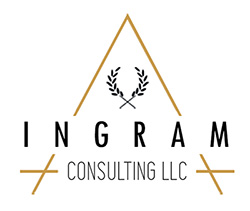
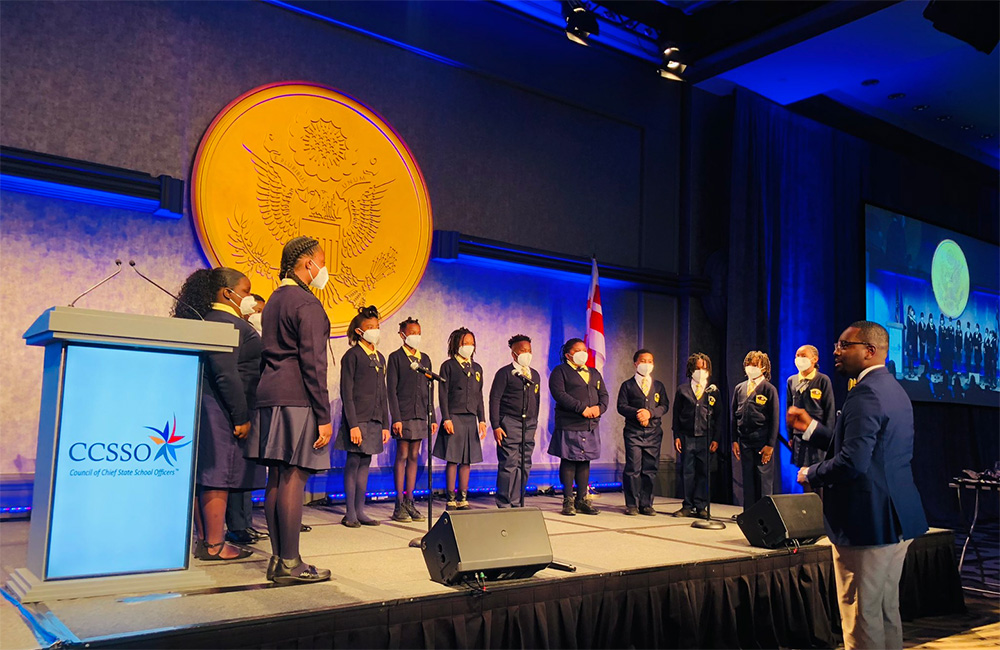 This week I had an opportunity to participate in the Council of Chief State School Officers (CCSSO) Legislative Conference in Washington, DC. CCSSO is a nonpartisan, nationwide nonprofit supporting the top education leader in every state and five U.S. territories. The Council’s core focus is on three broad priorities: Response and Recovery to include ongoing rapid response and assistance with recovery and improvement; Equity, Access, and Critical Infrastructure; and Modernizing the Education System including new education delivery models and state of the art accountability and reporting.
This week I had an opportunity to participate in the Council of Chief State School Officers (CCSSO) Legislative Conference in Washington, DC. CCSSO is a nonpartisan, nationwide nonprofit supporting the top education leader in every state and five U.S. territories. The Council’s core focus is on three broad priorities: Response and Recovery to include ongoing rapid response and assistance with recovery and improvement; Equity, Access, and Critical Infrastructure; and Modernizing the Education System including new education delivery models and state of the art accountability and reporting.
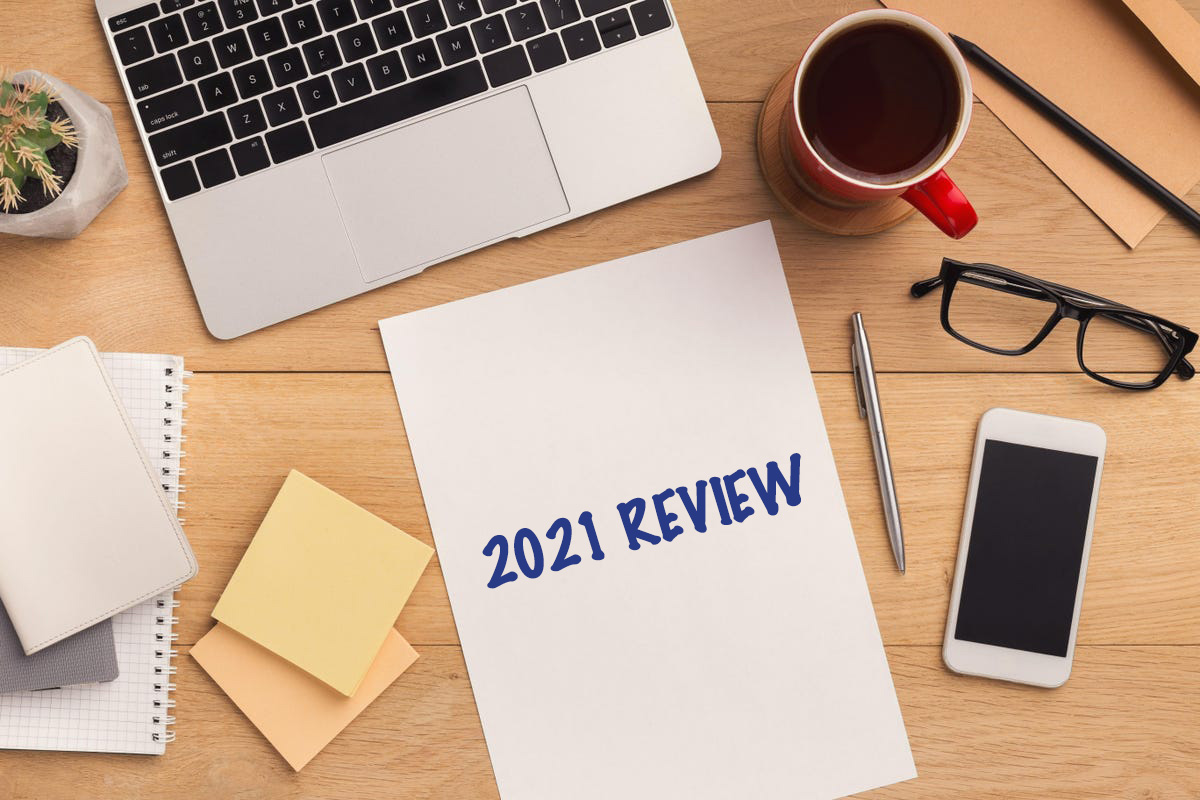 Being intentional in my reflections of the past year has been a healthy way to help me grow and prepare for the new year and beyond. My mantra is that everyday I want to be a better version of myself than I was the day before, in all things, personal and professional. Below are some of the reflection questions I’ve been pondering with answers. They are not intended to be all inclusive but an opportunity to share a snippet of my reflections as I think about the new year and plan ahead.
Being intentional in my reflections of the past year has been a healthy way to help me grow and prepare for the new year and beyond. My mantra is that everyday I want to be a better version of myself than I was the day before, in all things, personal and professional. Below are some of the reflection questions I’ve been pondering with answers. They are not intended to be all inclusive but an opportunity to share a snippet of my reflections as I think about the new year and plan ahead. “I can be changed by what happens to me. But I refuse to be reduced by it.” — Maya Angelou
“I can be changed by what happens to me. But I refuse to be reduced by it.” — Maya Angelou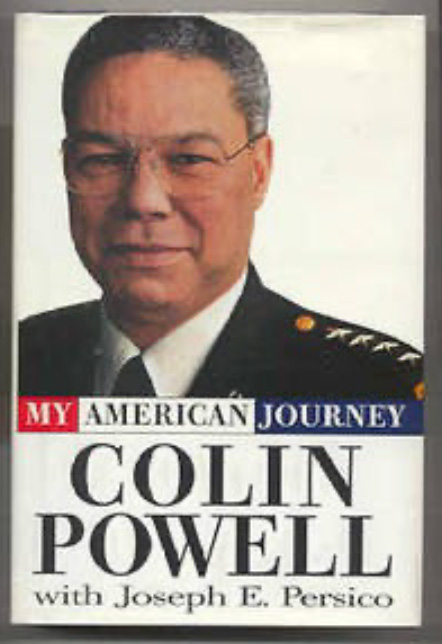 The first time I saw General Colin Powell standing at the side of President Ronald Reagan in his role as National Security Advisor at the White House, I felt as tall and proud as the four-star General looked. I saw myself reflected in his example. It was profound to see that hard work and perseverance had paid off so remarkably for someone who looked like me, and it helped fuel my fire.
The first time I saw General Colin Powell standing at the side of President Ronald Reagan in his role as National Security Advisor at the White House, I felt as tall and proud as the four-star General looked. I saw myself reflected in his example. It was profound to see that hard work and perseverance had paid off so remarkably for someone who looked like me, and it helped fuel my fire.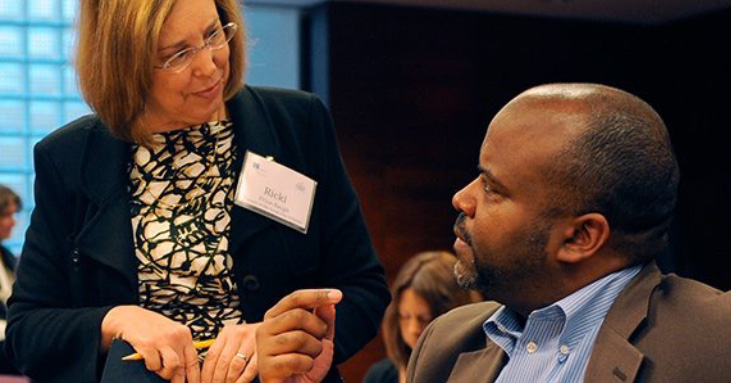 The Wallace Foundation is a national foundation dedicated to supporting and sharing best practices to expand learning and enrichment opportunities for children. As further evidence of their continued commitment, they are doubling down with an estimated $102 million investment in a new initiative to develop principal pipelines for equity-centered leaders that supports eight large, high-needs districts. See ECPI launch announcement at:
The Wallace Foundation is a national foundation dedicated to supporting and sharing best practices to expand learning and enrichment opportunities for children. As further evidence of their continued commitment, they are doubling down with an estimated $102 million investment in a new initiative to develop principal pipelines for equity-centered leaders that supports eight large, high-needs districts. See ECPI launch announcement at:  “One of the joys of reading is the ability to plug into the shared wisdom of mankind.” — Ishmael Reed.
“One of the joys of reading is the ability to plug into the shared wisdom of mankind.” — Ishmael Reed. When written in Chinese, the word ‘crisis’ is composed of two characters. One represents danger and the other represents opportunity. – John F. Kennedy
When written in Chinese, the word ‘crisis’ is composed of two characters. One represents danger and the other represents opportunity. – John F. Kennedy  “Over the years I have become convinced that we learn best—and change—from hearing stories that strike a chord within us… Those in leadership positions who fail to grasp or use the power of stories risk failure for their companies and for themselves.” – John Kotter, Harvard Business School Professor, and author of Leading Change
“Over the years I have become convinced that we learn best—and change—from hearing stories that strike a chord within us… Those in leadership positions who fail to grasp or use the power of stories risk failure for their companies and for themselves.” – John Kotter, Harvard Business School Professor, and author of Leading Change